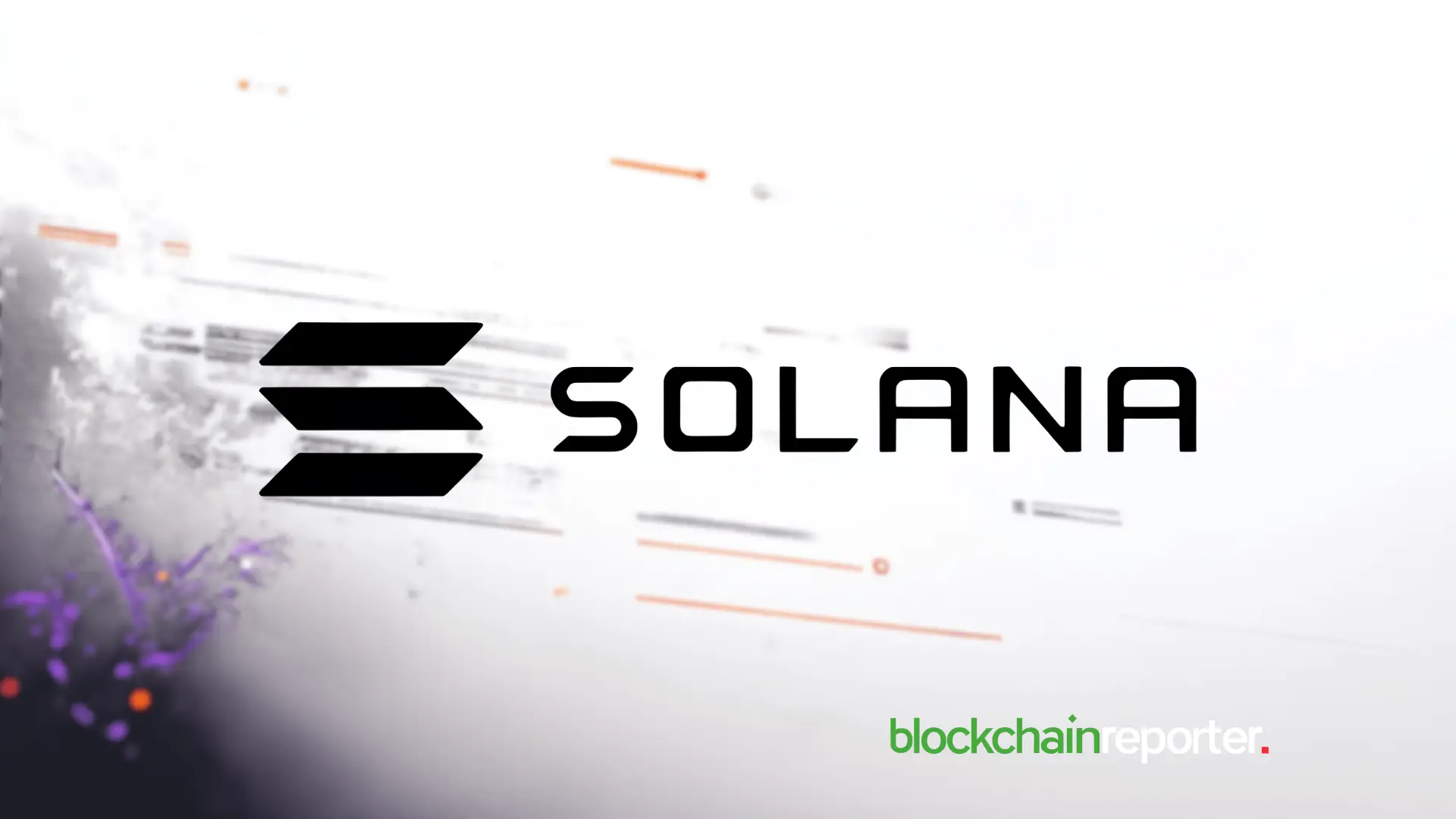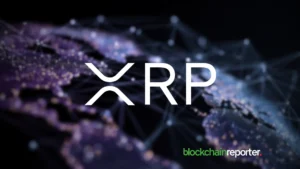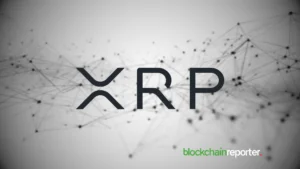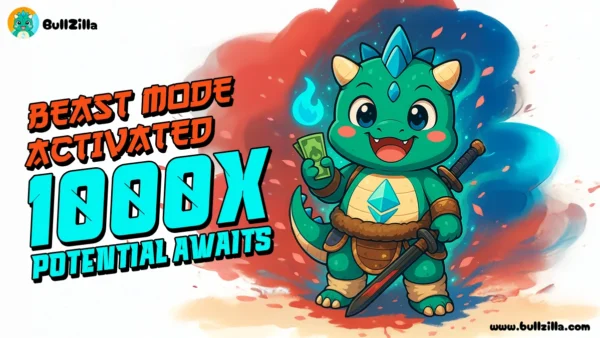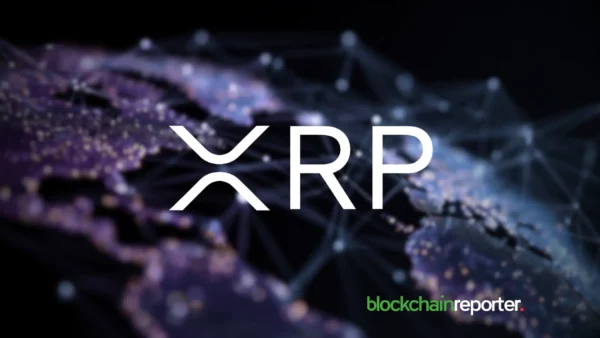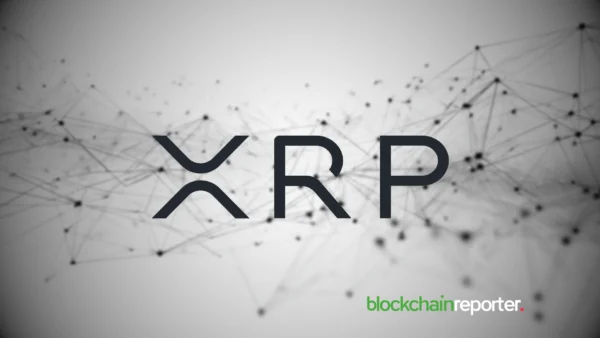Zexpire has surged ahead of Pi and Solana in recent fundraising rounds, drawing heightened attention from analysts tracking capital inflows across digital-asset projects. The newcomer attracted a sizable injection of fresh funds over the past month, eclipsing the combined pace of its more established counterparts and signaling broad investor interest despite a subdued market backdrop.
At the same time, VeChain’s price chart is carving out a double-bottom pattern, a formation often associated with an underlying effort to reverse prior declines. The setup gained definition after a secondary trough held above earlier lows, prompting close monitoring of trading volumes and closing prices for confirmation of a possible breakout.
Pocket-Sized Mining: Why Pi Network Could Spark the Next Crypto Wave
Picture a digital coin that slips into a phone as easily as a playlist. That’s Pi, a community-driven project launched in 2019 by a trio of Stanford graduates who wanted crypto to feel as simple as checking social media. Instead of bulky machines and high power bills, members earn coins by confirming daily presence in the app, then watch totals grow faster when trusted friends join. The process barely sips battery life and turns spare moments into a low-effort path toward digital money.
Pi keeps the lights off on energy waste by swapping Bitcoin’s heavy puzzle-solving for a lightweight voting method first used by the Stellar network. Each member builds a “trust circle” of three to five reliable contacts, and these circles knit together into a worldwide web that keeps transactions honest without the need for megawatt server farms. Extra rewards flow to those who widen circles, run full nodes on computers, or lock up coins to fuel future apps, all while an in-app identity check scales across the crowd to keep fraud out. Since late 2021, those coins have lived on an enclosed mainnet, with transfers unlocked only after verification—an important dress rehearsal before full public debut.
$ZX Token on Altcoin Rally Watch as Zexpire Adoption Accelerates
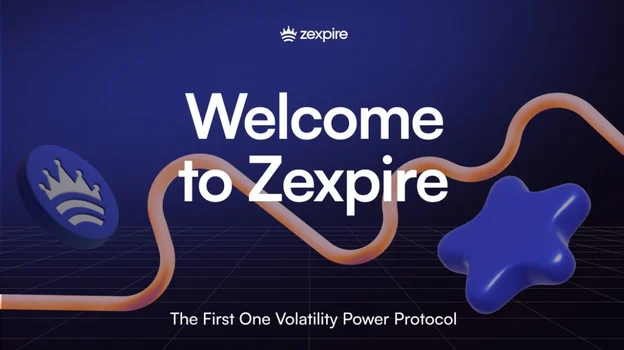
Every cycle has that one token that nobody paid attention to — until it 100×, 500×, even 1000×. This time, $ZX could be it.
The reason is simple: it powers Zexpire, the first platform that lets traders earn directly from volatility — crypto’s biggest challenge.
Zexpire strips trading down to one click:
Will BTC stay in range or break out today? Make your call, click the button, and wait for the outcome.
This binary format doubles the odds of being right compared to traditional trading. Besides, the risks are fixed. You can’t lose more than you stake. No margin calls. No liquidations. Just a fast way to play daily volatility — the kind of simplicity that hooks users by the thousands.
That’s why adoption potential for Zexpire is high — and adoption directly drives demand for $ZX.

So here is why Zexpire’s $ZX could explode:
- Adoption driver: To place a bet, you need to buy a ticket with $ZX, so the higher adoption of the platform naturally drives the demand for ZX.
- Ground-floor pricing: starting at just $0.003 with a built-in climb to $0.025 on initial funding phase (nearly 8× upside before listing).
- Deflationary design: Zexpire plans 20% fee burns and buybacks that can tighten float as activity grows.
for $ZX.
Zero to Hero: Why Pocket $ZX Now?
We’ve seen this before. Tokens go from “unknown” to “unmissable” once their stickiness draws in users. $ZX is at that very stage now. It’s the token behind a brand-new trading platform that enables you to earn from wild crypto volatility with just one click.
The early access window won’t last. Each stage raises the price, and early birds are already securing $ZX at the lowest levels.
Be among the first – get your $ZX Now
Solana’s Lightning Pace: Why the Fifth-Largest Coin Is Grabbing Headlines
Born in 2017 from the vision of former Qualcomm and Dropbox engineer Anatoly Yakovenko, Solana set out to fix the sluggish feel of earlier blockchains. Its secret sauce is a rapid‐fire time-stamping system paired with energy-saving staking, letting the network settle more than 50,000 transactions every second at almost no cost. Since the mainnet-beta launch in 2020, thousands of apps, games, and finance tools have flocked to its rails, helped along by bridges that link Solana with other chains. The SOL token powers fees, voting, and in-app payments, and its market value of about $100 billion places it among the crypto elite.
Price action has been just as speedy. A six-hundred-percent climb from mid-2021 to late-2024 pushed SOL to a record $263.83, eclipsing most rivals and fueling talk of an “Ethereum killer.” Fans cheer the low fees and swift confirmation times; critics point to past outages and security hiccups. Forecasts mirror this split mood: some models picture $500-plus by 2025, while a well-known fund sketches a slide under $10 by 2030. Competition is fierce, with Ethereum’s vast community, Cardano’s research-driven approach, Avalanche’s sub-nets, and others all courting the same developers.
VeChain’s Road to 2025: From Supply Chains to Stellar Price Hopes
Smart labels on sneakers, temperature-tracked steaks and tamper-proof luxury bags are already telling their stories through VeChain’s digital ledger. The network, founded by former Louis Vuitton executive Sunny Liu and accountant Jay Zhang, pairs tiny sensors with its own coin, VET, so brands like BMW, WalMart and LVMH can follow goods from factory floor to final sale. Faster data transfer keeps those stories smooth, while a second token, VTHO, pays the digital postage. An eco-minded manifesto underscores every step, promising that shared action beats solo effort when tackling climate hurdles.
Fresh upgrades called Galactica, Hayabusa and Intergalactic are scheduled for this year, forming the core of a 2025 roadmap unveiled on January 9. Such milestones help explain why VET has weathered the wider crypto storm, hovering near $0.0554 on January 17 and outperforming many Internet-of-Things rivals. Forecasts sketched the same day see the coin averaging $0.10 in 2025 and possibly touching $0.15, then climbing toward $0.20 in 2026 and even $0.50 by 2030 if mass adoption arrives. Those figures outshine several supply-chain tokens and edge closer to mid-cap platforms already riding the current market rebound.
Conclusion
PI, SOL, and VET show solid progress, and each enjoys steady backing. Yet the latest funding data puts Zexpire ahead of them, marking the strongest momentum in the sector this month.
Zexpire is the first DeFi platform that turns crypto’s biggest challenge — volatility — into a profit opportunity. Instead of guessing price direction, users make one simple click: will Bitcoin stay in range or break out today? Losses stay capped, with no liquidations or margin calls. Every play runs on $ZX, the native token. Buying $ZX now means early entry into a coin with built-in demand, fee cuts, and planned buybacks, rewarding the first movers. It represents a promising opportunity too.
Get more information about Zexpire ($ZX) here:
- Site: https://zexpire.com/
- Telegram: https://t.me/zexpire_0dte
- X: https://x.com/Zexpire_0dte
This article is not intended as financial advice. Educational purposes only.
